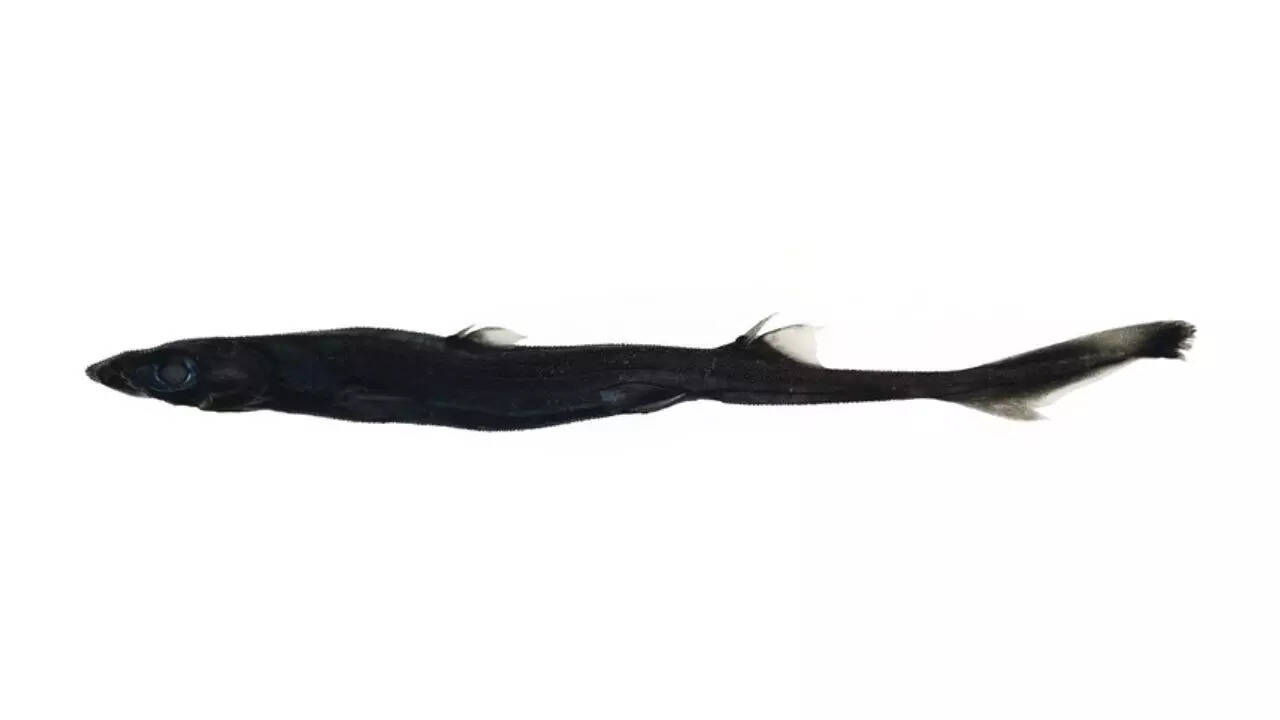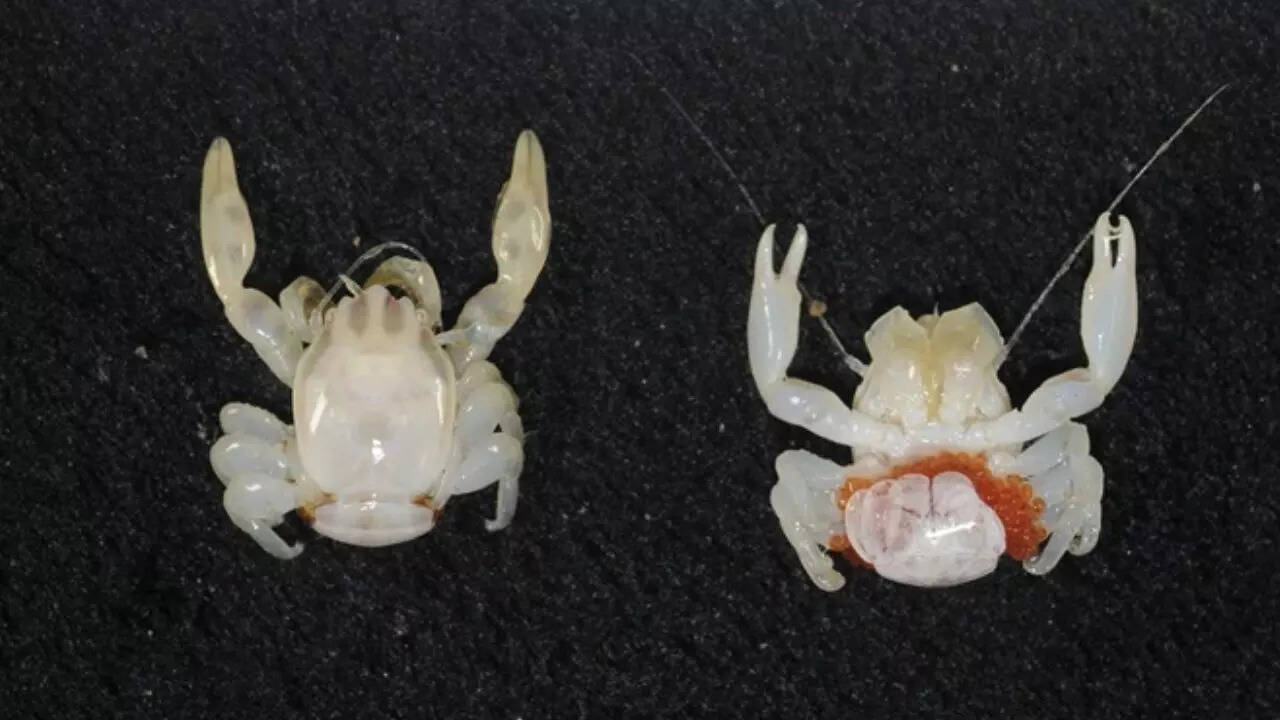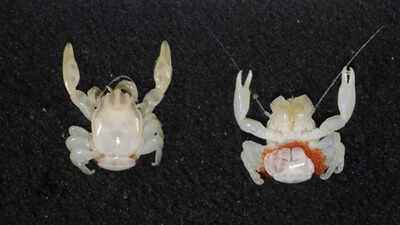In a remarkable discovery that sheds light, quite literally, on the mysteries of the deep, scientists from CSIRO, Australia’s national science agency, have identified two new marine species off the coast of Western Australia. Among them is the West Australian Lantern shark, a small, glowing predator from the ocean’s twilight zone, and a delicate porcelain crab that lives symbiotically with sea-pen corals. Both species were uncovered during a 2022 research voyage aboard the RV Investigator and officially described in September 2025. These findings not only reveal the extraordinary adaptability of deep-sea life but also highlight how much of Australia’s vast underwater world remains unexplored and full of hidden wonders.
New species of deep-sea shark and crab discovered off Western Australia
West Australian Lanternshark (Etmopterus westraliensis)

Source: CSIRO
The newly identified West Australian Lantern shark was discovered in the Gascoyne Marine Park, off the coast of Western Australia, at depths reaching 610 metres. Measuring just 407 millimetres (around 40 centimetres) in length, it is relatively small compared to most shark species. One of its most striking features is its ability to glow in the dark, a result of specialised light-producing organs called photophores located on its belly and flanks. This bioluminescence likely helps it blend into the faint light filtering from above, an essential survival trait in the deep sea’s darkness. Appropriately named Etmopterus westraliensis, the species honours the region where it was discovered. The find underscores how much remains to be learned about Australia’s deep-sea ecosystems, which continue to reveal extraordinary life forms hidden in the ocean’s depths.New porcelain crab (Porcellanella brevidentata)

Source: CSIRO
The newly discovered porcelain crab (Porcellanella brevidentata) was found along the Ningaloo coast of Western Australia, living at depths of up to 122 metres. Measuring only about 15 millimetres in length, this delicate creature displays an opalescent white-yellow hue, allowing it to blend seamlessly with the pale tones of its sea pen host corals. Unlike typical crabs that use claws to grasp prey, this species is a filter feeder, using long, hair-like structures on its modified mouthparts to sweep plankton from the surrounding water. Its symbiotic relationship with sea pens showcases the remarkable adaptations and cooperation found in deep-sea ecosystems. This tiny yet captivating discovery serves as a reminder that even the smallest marine species play a vital role in unveiling the immense biodiversity and ecological intricacy of our oceans.
A voyage of discovery beneath the waves
The specimens that led to these discoveries were collected during a CSIRO-led expedition aboard the RV Investigator in 2022, as part of Parks Australia’s deep-sea biodiversity surveys. The RV Investigator, part of Australia’s Marine National Facility, serves as a state-of-the-art research vessel that enables scientists to study remote marine environments.Over the course of the voyage, researchers explored the Gascoyne and Ningaloo regions, collecting hundreds of deep-sea specimens, many of which turned out to be species new to science.Since then, nearly 20 new marine species have been described from that single voyage, including the Carnarvon Flapjack Octopus announced earlier in 2025. Experts estimate that as many as 600 more unidentified species might still be waiting to be studied and named from the same expedition.
CSIRO research voyage uncovers new species in Western Australia’s marine parks
The deep ocean is Earth’s largest yet least explored habitat. Despite covering more than half the planet, less than 20% of the seafloor has been mapped, and many ecosystems remain entirely unseen by human eyes. Discoveries like these are not just about naming new creatures; they are essential for understanding how marine ecosystems function and how they respond to environmental changes.“The deep sea is still largely unexplored,” said CSIRO researchers. “Surveys like these are vital to increase our understanding of the incredible marine life that dwells in the depths of our oceans.”Deep-sea organisms often exhibit extraordinary adaptations, such as bioluminescence, slow metabolism, or symbiotic living, that can inspire scientific innovation, from biomedical research to sustainable materials and climate resilience studies. Go to Source



